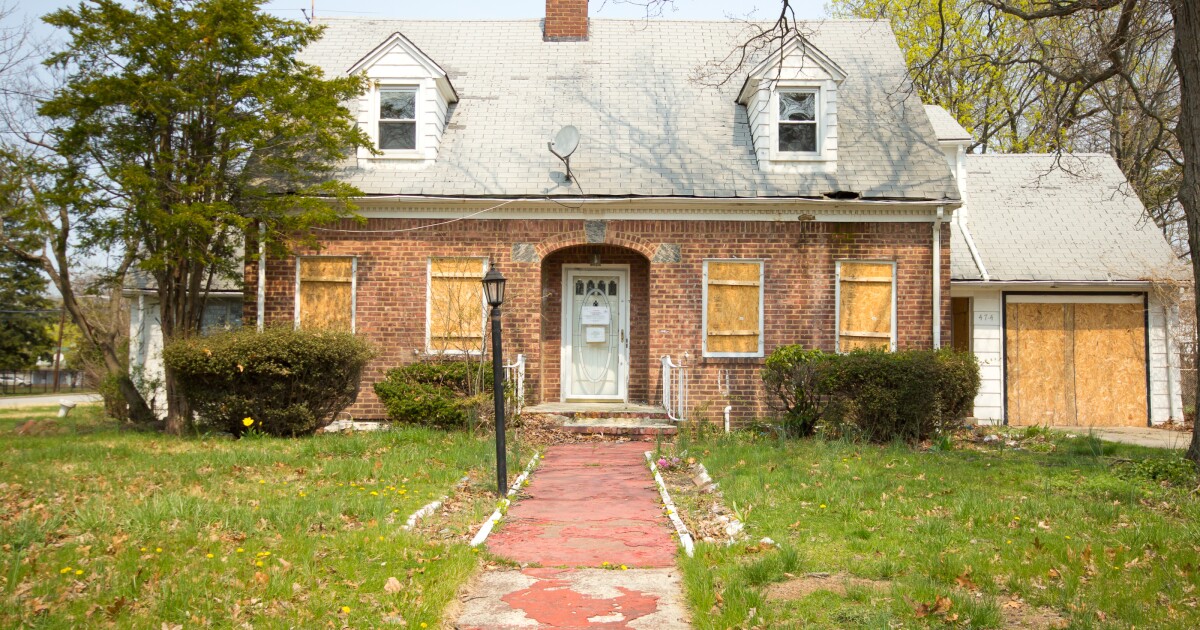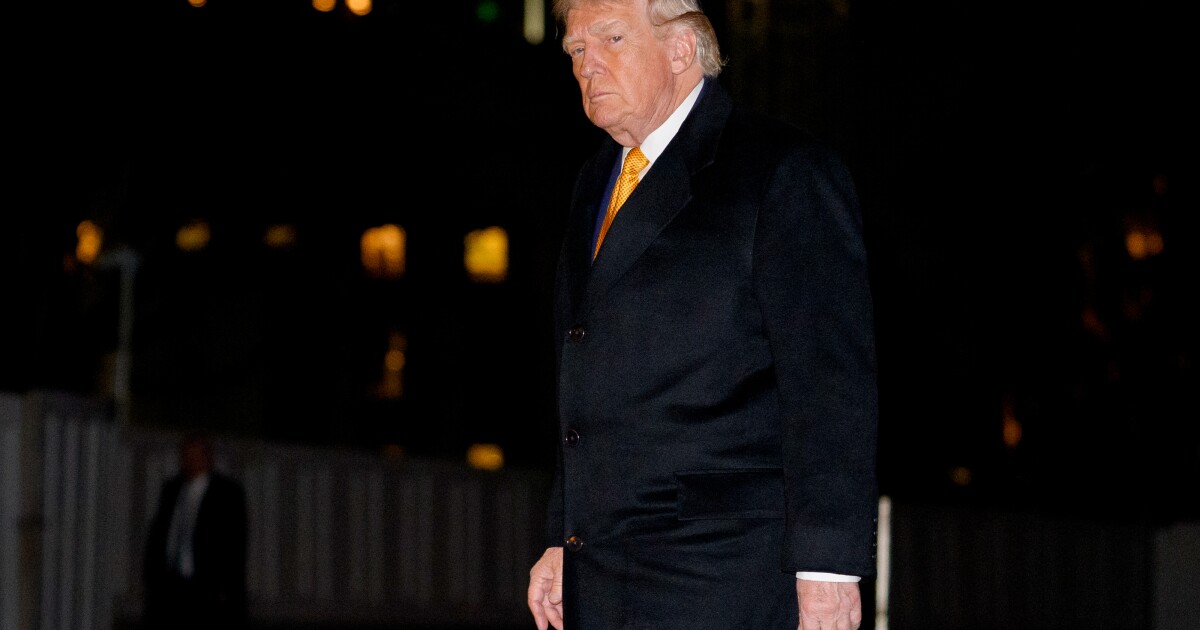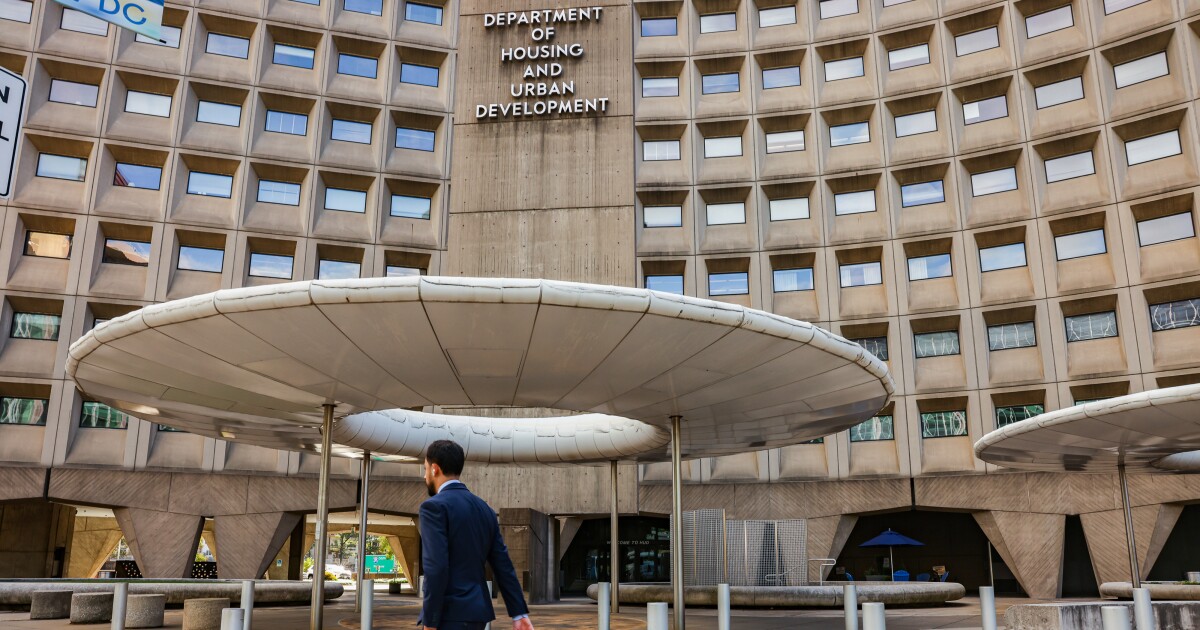
Broad modernization efforts at
In addition to collecting more details about payment difficulties and foreclosure prevention, the government mortgage-bond guarantor also will retire some supplemental forbearance reporting from the pandemic, according to a Ginnie Mae press release and related documentation.
The move is in line with the Department of Housing and Urban Development agency's goal to keep a better eye on delinquent loans that
"These data will allow us to better evaluate the liquidity strains in the market," said Sam Valverde, Ginnie's principal executive vice president, in the release announcing additional payment-default status reporting.
The new PDS reporting will be a requirement not only for issuers of the securities Ginnie guarantees, but also the vendors responsible for their servicing platforms. Subservicers working with Ginnie Mae issuers also will be subject to the upcoming mandate.
Ginnie has had a longstanding focus on monitoring nonbanks' liquidity, which has grown as these financial institutions have come to represent a greater share of its issuer base.
The agency has more broadly increased some reporting for nondepository financial institutions in response, including a
While single-family mortgage delinquencies have been relatively low recently, they tend to be higher in the loans that Ginnie guarantees the securitizations of and that other government agencies like the Federal Housing Administration and Department of Veterans Affairs back at the loan level.
VA delinquencies in particular have been in the spotlight recently as the expiration of a pandemic-related program in October 2022 has reportedly exposed tens of thousands of veterans to foreclosure risk that might have been avoided when that assistance was available.
The VA has called for voluntary foreclosure moratorium through at least the end of May, when
Both the department's new program and
Other recent developments that have called for particularly close scrutiny of nonbanks' financial strength include an origination crunch that has
Nonbank mortgage companies have asked Ginnie to help alleviate the pressure on them by potentially changing some of its rules for loan pooling and advancing missed borrower payments that add to the strain. The government agency has taken some steps toward doing this but issuers say more are needed.
Testing in line with Ginnie Mae's new payment-default status requirement will be during the current second-quarter period, and the reporting is slated to become mandatory in December, after November's federal election.



